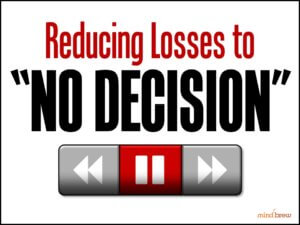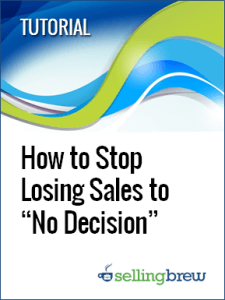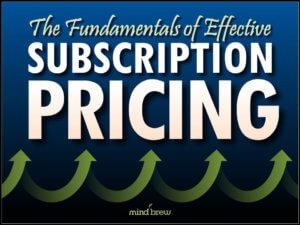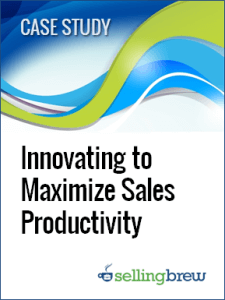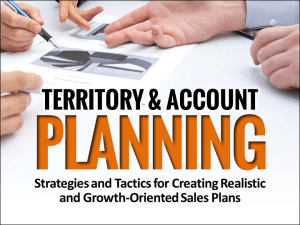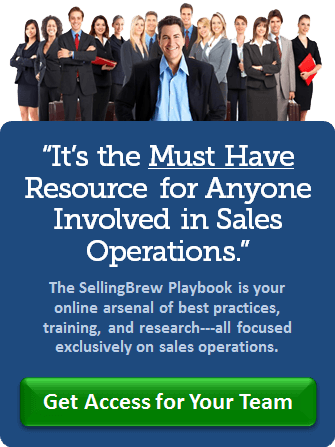When we’re troubleshooting a problem, humans have a tendency to jump to conclusions while ignoring obvious solutions. Especially if the obvious solution involves admitting that we made a foolish mistake.
Recently, a friend of mine related a story that illustrates this pretty well.
This friend has his pilot’s license and was looking forward to spending a recent morning soaring in the clouds in a plane he shares with several pilots. But when he started the engine, the way he had countless other times, it turned over and then cut out almost immediately.
He tried again.
This time he first primed the engine with fuel. It turned over, caught briefly, but then shut down after just a few seconds. He tried a couple more times with the same results before concluding that something must be terribly wrong with the plane. He left the airport disappointed about missing out on the morning flight and convinced that getting it back into the air would require some intervention on the part of a mechanic.
It wasn’t until he was halfway home that another possibility popped into his head. This particular plane has a fuel tank selector that can be switched on or off. Obviously, the engine can’t run if the fuel tank is in the off position, so the pilots almost never switch it off. My friend remembered that he hadn’t checked it (even though it was on the checklist).
On the off chance that this simple solution might work, my friend headed back to the airport. Sure enough, the fuel selector was off. After a quick face palm, he was in the air in no time.
You might never have flown a plane, but you’ve probably experienced something similar. After all, there’s a reason why when you call support for help with any kind of electric device, the first thing they ask you to do is to check to make sure it’s plugged in. (And if you’re like me, you’ve probably had to sheepishly admit that it wasn’t at least once.)
Something similar happens when you lose a deal to no decision.
The knee-jerk reaction in these situations is to assume that the prospect wasn’t really qualified. Sales teams often respond by tightening up the qualification criteria (and possibly blaming the marketing team).
However, choosing not to purchase anything doesn’t necessarily mean that the prospect was a bad fit. Other factors might be at work, such as:
- The prospect doesn’t recognize that they have a problem.
- The prospect acknowledges the problem, but doesn’t believe it’s worth solving.
- The prospect believes some simple workarounds will do the trick.
In fact, our research has uncovered that you can trace nearly all no-decision losses back to one of these three underlying culprits.
Unfortunately, too many salespeople go into conversations trying to convince prospective buyers that “ours is better than theirs” instead of first convincing them that they really need what you have to offer.
The equivalent of flipping the switch on the fuel tank or plugging in the toaster is to arm the salesperson with tools aimed at highlighting the need your product addresses. If you can properly identify what is holding prospects back and counter it, you can expand your potential market. Instead of reducing your number of targets by tightening your qualification criteria, you can reach new prospects that aren’t even on your competitors’ radar yet.
We have two resources that explain this process in more detail: Reducing Losses to “No Decision” and How to Stop Losing Sales to “No Decision”.
It’s tempting to jump to conclusions about why you are losing no-decision deals. The good news is that the true cause is probably simpler and easier to address that you would have imagined.
And now, if you’ll excuse me, I need to go double-check that my refrigerator is plugged in before the repairman gets here.

